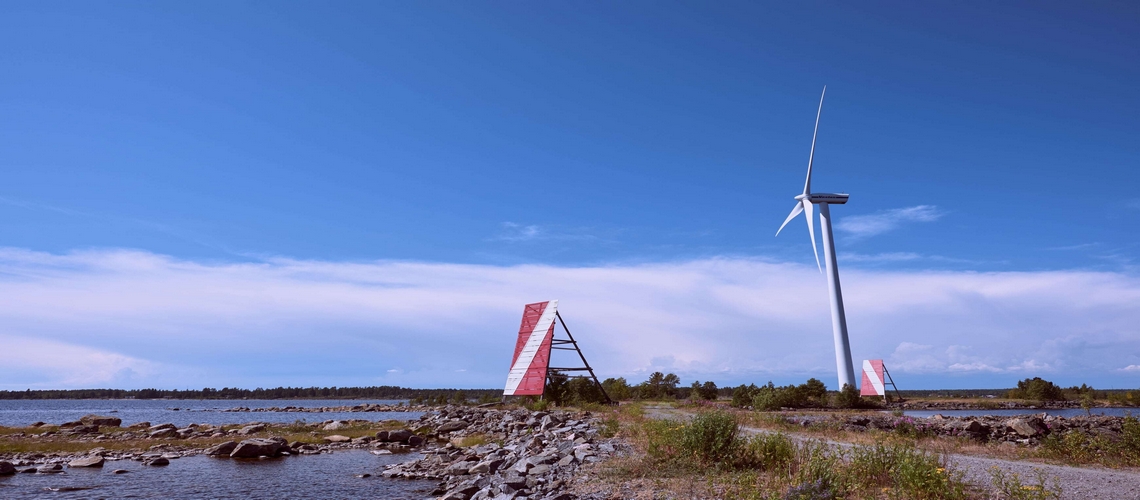Recycling and Disposal of Old Wind Turbines—Finding Sustainable Solutions

When we talk about building a sustainable future for our world, we often think of renewable sources of energy–solar, wind, and hydro. While solar energy often steals the spotlight, wind energy has managed to emerge as one of the most promising and cleanest sources of power. In fact, the wind energy industry in India has already crossed a significant milestone, with wind power installations surpassing the 50 GW mark.
But like every good thing, wind turbines, too, have a lifespan of usually around 20 to 25 years. So, what happens when these towering giants reach the end of their life cycle? Do they just become junk, or can they be recycled responsibly? That’s the question many in the industry are asking.
While Jindal India Renewable Energy is currently exploring and investing in the wind sector, we understand the importance of thinking ahead–not just about generating energy, but also about recycling wind turbines. Because when we talk about green energy, sustainability should be a part of the entire lifecycle, not just the start.
Why Recycling Wind Turbines Is a Challenge
At first glance, wind turbines seem like they’d be easy to recycle since they’re made of metal, right? Well, partially. The towers are typically steel and can be recycled fairly easily. The problem lies in the blades. These are usually made of a tough mix of fiberglass and resin, designed to be light but incredibly durable. Unfortunately, this very durability makes them hard to break down or repurpose.
Currently, many old blades end up in landfills, which contradicts the very purpose of renewable energy. These massive blades take up space and don’t decompose, causing an environmental issue that can’t be ignored.
So, What Are the Alternatives?
Thankfully, the wind energy industry in India isn’t just about powering homes and cities, it’s also becoming more conscious of how to handle its own waste. Here are some of the sustainable solutions being explored:
1. Mechanical Recycling
This process involves breaking down the blades into tiny pieces and repurposing them in construction materials such as cement or asphalt. While it may not be the ultimate fix, it certainly helps cut down on the amount of waste that ends up in landfills.
2. Thermal Processing
In this method, high temperatures are used to break down the resin and recover the fiberglass. Although it requires a lot of energy, it shows great potential for recovering valuable resources.
3. Repurposing
Some companies are turning old turbine blades into things like pedestrian bridges, park benches, or even playground equipment. It’s a clever and practical way to give these materials a second life.
4. New Materials for Future Blades
Perhaps the most exciting development is in blade design itself. Researchers are working on making turbine blades from recyclable thermoplastic resins instead of traditional materials. This could make recycling much simpler and more cost-effective in the future.
5. The Role of the Indian Wind Energy Sector
India is the world’s fourth-largest producer of wind power, and as more turbines are installed, the number of decommissioned ones will also grow. The wind energy industry in India must begin planning not just for installation but also for what happens decades down the line.
There’s a real opportunity here: to create a circular economy within the wind energy sector, where old turbines are not just discarded but repurposed or reused. This shift will need supportive policies, industry collaboration, and innovation in materials science and recycling technologies.
JIRE’s Forward-Thinking Approach
While Jindal India Renewable Energy (JIRE) is not manufacturing turbines at this stage, we are actively exploring the wind sector with an eye on long-term sustainability. We believe that building a sustainable future requires looking at the complete picture, from generation to disposal. That’s why our investments and research efforts are not just focused on green energy but also on responsible lifecycle management.
By staying ahead of the curve, JIRE is aligning itself with global best practices, ensuring that India’s transition to renewable energy doesn’t come at the cost of tomorrow’s environment.
Final Thoughts
The beauty of wind energy lies in its clean, renewable nature. But to truly call it sustainable, we need to tackle the tough questions around waste and recycling. From finding smarter ways to reuse turbine blades to creating better materials in the first place, the solutions are out there–we just need to act on them.
Jindal India Renewable Energy aims to support innovation and responsibility in the wind sector so that the future looks not just green, but genuinely sustainable. After all, the goal isn’t just to power our world; it’s to protect it, too!